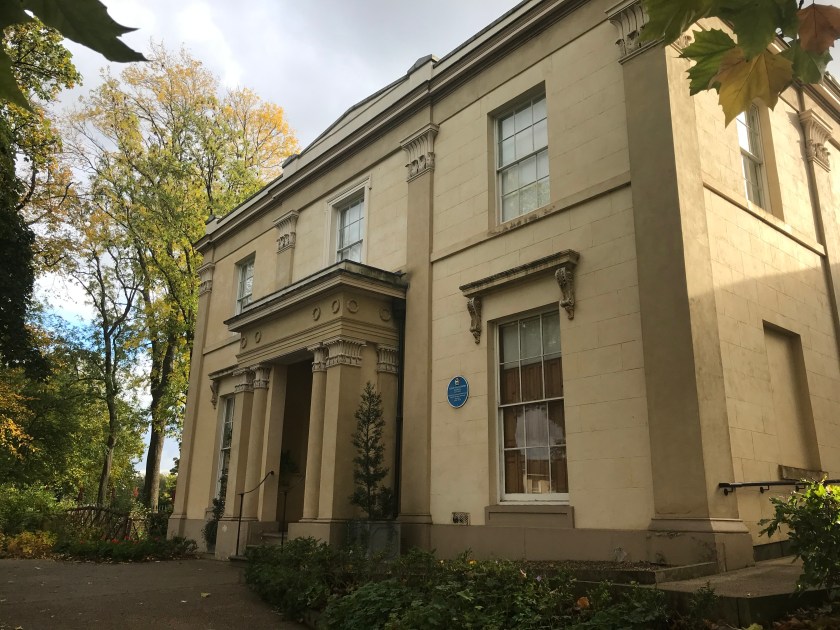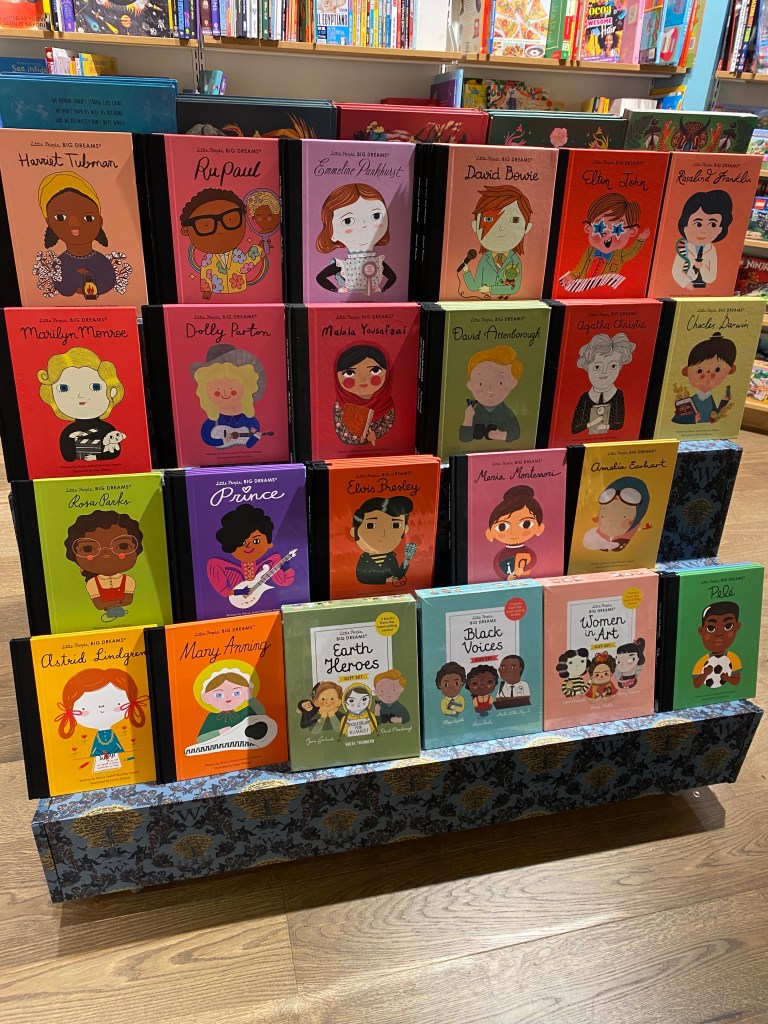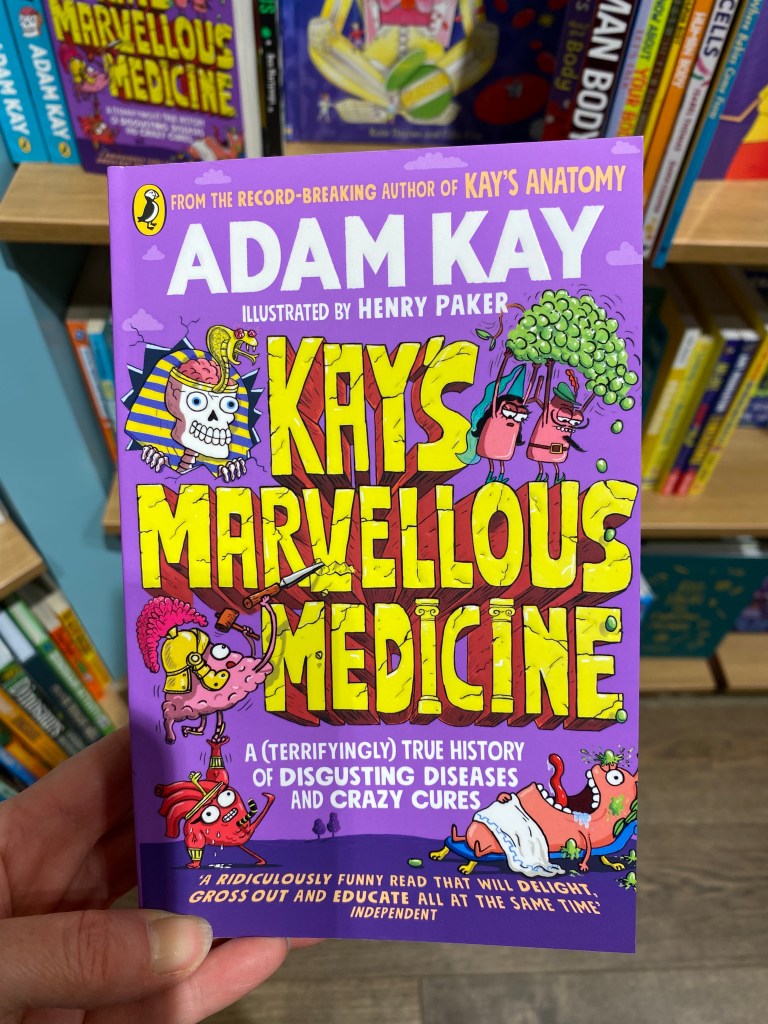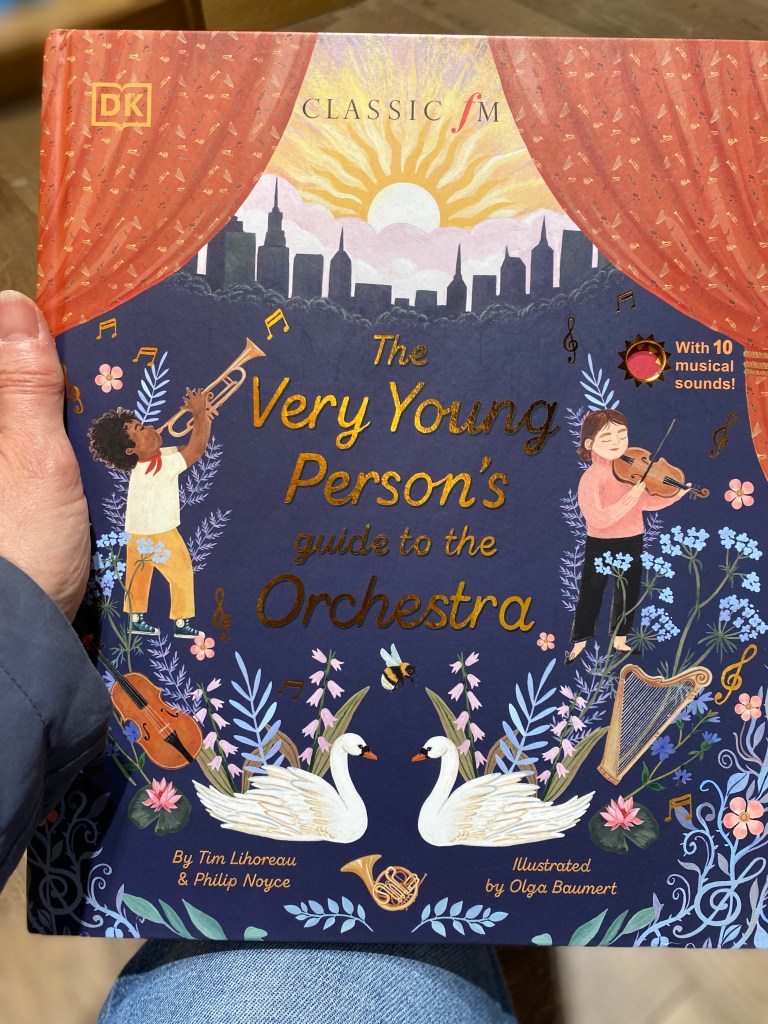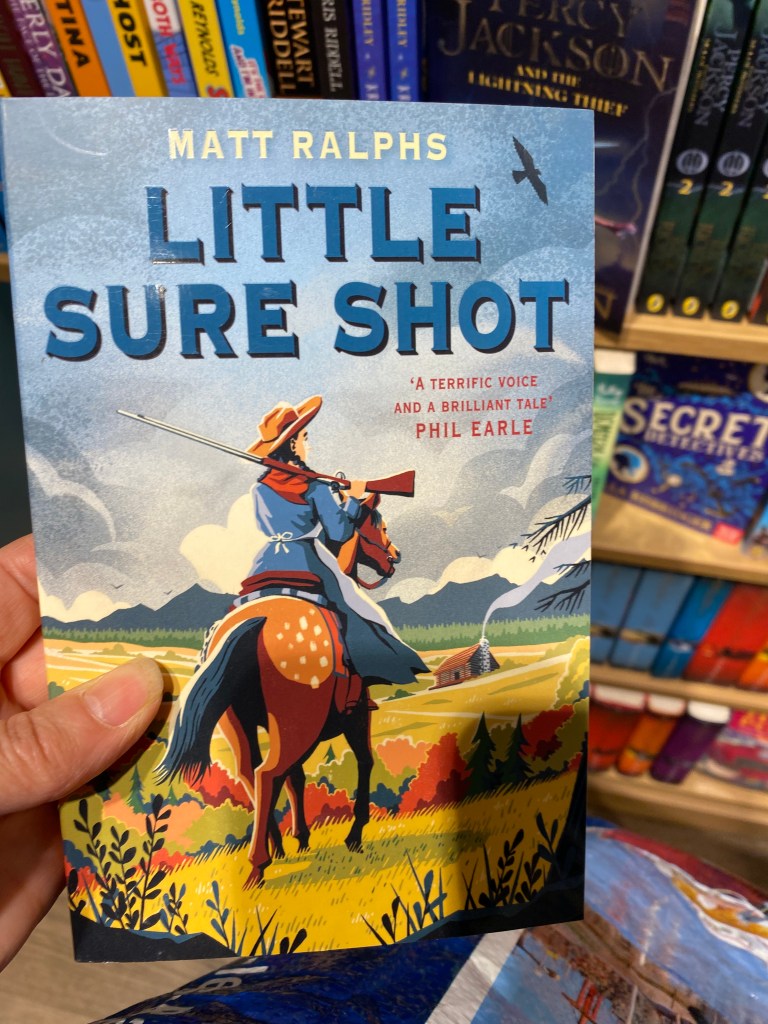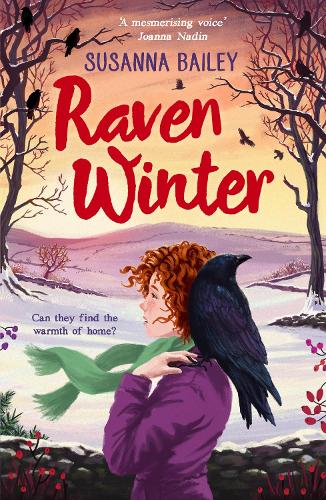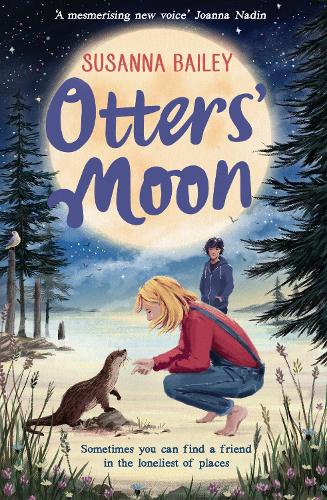Byron and Benny are siblings who have grown apart in recent years. Brought together again, in an uncomfortable and fragile truce following the death of their mother, they are forced to confront family secrets that will shatter their worlds, but which will have the effect of healing their rift and enabling them to build their own challenging lives back again.
Eleanor Bennett knew she was dying of cancer at the age of 70. She was a widow, having lost her husband Bert, the love of her life, a few years earlier. She was close to her son, Byron, but her daughter Benny, a talented but troubled young woman, had drifted out of her life, leaving their California home and moving to New York after dropping out of college. Eleanor remained faithful to both her children, however, and her final act was an attempt to reunite her children after her death. Eleanor bakes a ‘black cake’, a kind of rich fruit cake, a recipe she was famous for and which she inherited from her ‘island’ (Jamaican) culture. Her intention is that her children should share the cake ‘when the time is right’.
With the help of her lawyer friend, Charles Match, Eleanor also makes a lengthy recording which she instructs should be played to them both in person. In the recording she gives a full account of her life before the children were born. Eleanor was born ‘on the island’ as Coventina ‘Covey’ Lyncook. Her father, Johnny Lyncook, was an immigrant from China and was never fully accepted. Her mother left them when Covey was a girl, unable any longer to cope with her husband’s drinking and gambling. Covey was a talented swimmer and had ambitions to go to college, perhaps also to England, desperate to escape what she sees as a bleak future at home. Her decision is sealed when, in settlement of a gambling debt, Covey’s father agrees that at 17 she should marry local gangster, the much older ‘Little Man’ Henry. He dies suddenly at their wedding reception (foul play is to blame, but the guilty party is not clear) and Covey takes the opportunity to flee.
After swimming to a place of safety she manages to escape the island altogether and get passage to England where she trains as a nurse. She hopes to meet up with the love of her life, Gibbs, who left for England some months earlier, but gives up hope after a few years. The turning point in Covey’s life comes when she is involved in a train crash while travelling with her friend Ellie (Eleanor). Covey is dragged unconscious from the wreckage, along with Ellie’s handbag, but her friend dies. At the hospital it is assumed from the identification in the bag that Covey is Eleanor, and so Covey reinvents herself, feeling freed at last from her fugitive status.
Eleanor’s life takes many twists and turns after this. Byron and Benny listen to their mother’s story in bursts and with each new revelation about their mother’s life, her past, and as each secret is revealed they are forced to confront all that they thought they knew about her. Both siblings re-evaluate their own lives and purpose, with a new understanding about what drove their parents’ values and the truths behind the decisions they made for their family.
For a debut novel this book is an extraordinary achievement and is a New York Times bestseller. It is a great story and while there were one or two events that slightly stretched credulity, it held together well. The main characters are all well-developed and I liked the way the author used Eleanor’s life story to enable her children to make the changes they needed to make in their lives. It is a story about their ‘growing up’ as much as anything, and sometimes this can only happen after a parent is gone. The Black Cake of the title is a powerful metaphor for the importance of food to cultural identity, how it binds us together both at the level of family and of society. It is also clear that in this book food means love. If I have any reservation about the book it is that I think it could have been better if it was shorter. I listened to the audiobook, which was thirteen hours in length. I felt there was a point about three quarters of the way through where it could have ended very powerfully, and it would not have mattered to me that some of the minor questions were left unresolved – that is often what happens at the end of a parent’s life; you don’t get all the answers. But the last quarter of the book sought to tie up every loose end in ways that did not feel necessary to me and which felt a bit contrived at times.
Overall, though, a great read and I recommend it.




